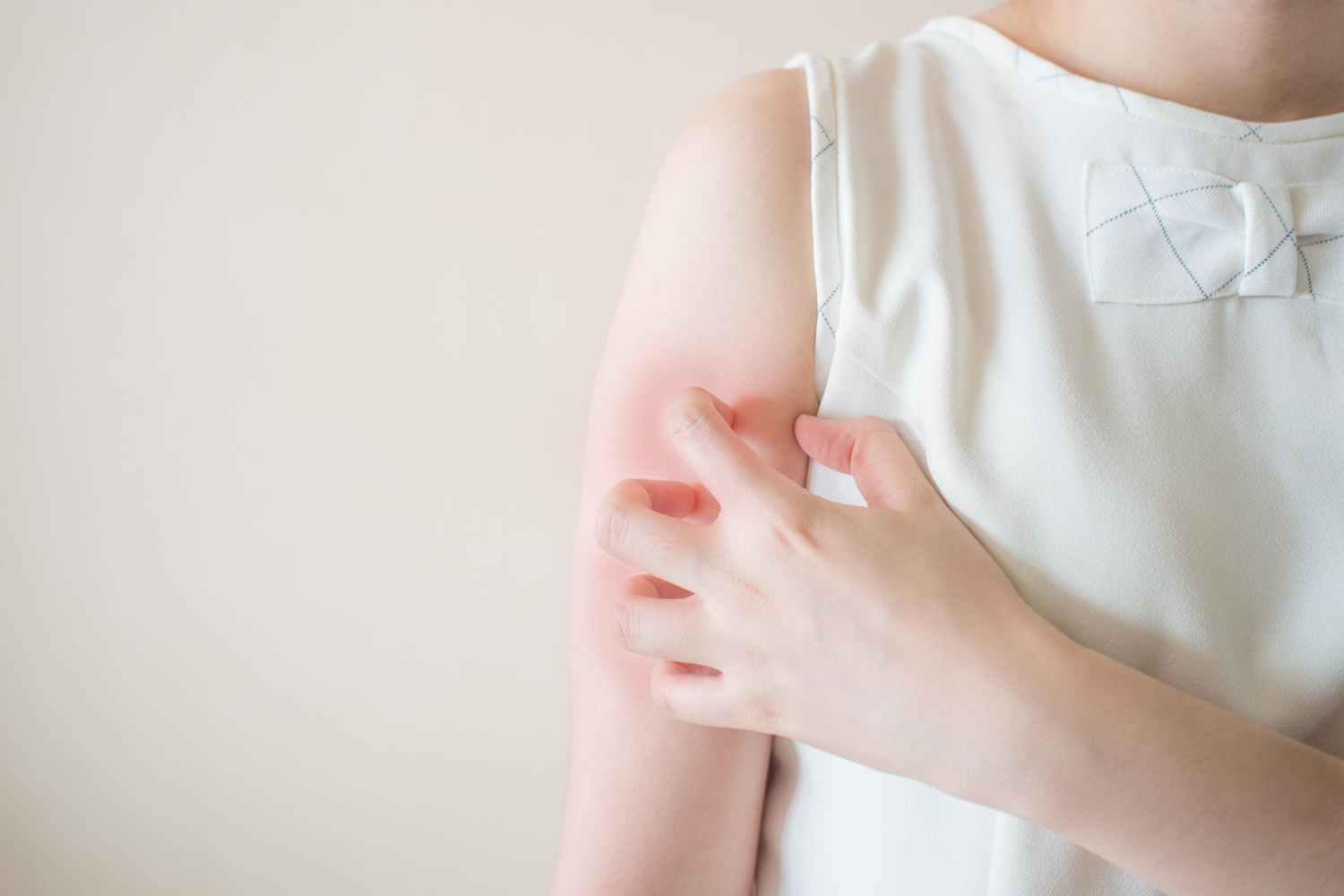Treatment Options For Psoriasis
Treatment options for psoriasis
Psoriasis is a typical skin aggravation that shows symptoms like patches of redness; tingling; and thick, silvery, and dry scales on the skin. As psoriasis doesn’t have any cure, the treatment options work toward easing the symptoms of this health condition. Treatment choices rely upon the degree and seriousness and the emotional response to the sickness.
Below is some information about the treatment options for psoriasis.
What is the topical treatment for psoriasis?
- When someone is affected with psoriasis, they require medicines that are applied specifically to skin injuries.
- These medications are the most secure ways to deal with treatment yet this is possible only if treating the confined ailment.

Which are the medications that come under the category of topical treatment?
- First is topical corticosteroids, which is used to treat mild psoriasis symptoms. These medications are used to decrease inflammation and give relief from itching to the patient.
- Vitamin D analogs are another form of medication in topical treatment that comes in the chemical form of vitamin D. Calcipotriene is used to slow the skin cell growth and it is the cream that contains vitamin D.
- Anthralin is the topical medication that slows the skin cell growth. It can make the skin smoother by removing scales.
- Topical retinoids are vitamin A derivatives and inflammation can be reduced by the application of this medication.
- Salicylic acid is the medication that is available in both over-the-counter or prescription medication form. It reduces the scaling and promotes shedding of dead skin cells. It can also be given with other medication to enhance its effectiveness.
- Coal tar is another medication that is used to reduce scaling, itching, and inflammation.
- Moisturizers are also used to decrease the symptoms of itching, scaling, and dryness.
What is phototherapy with sunlight treatment?
- Ultraviolet light is a segment of the sun-oriented range with wavelengths between 290-400 NM.
- It can effectively affect psoriatic skin by modifying certain resistant capacities.
- This is the ideal treatment for psoriasis that is not treated by topical methodologies and is normally more prominent than 5% to 10% of the aggregate body surface zone.
- Protection from customary topical treatment is another sign of light treatment.
- Albeit ordinary daylight contains these wavelengths, one must expose oneself to daylight under controlled conditions to limit consumption.
- When someone is exposed to UV beams in daylight, it moderates the skin cell turnover and diminishes the scaling and inflammation.
- Before starting a daylight treatment, it is important and vital to get some information about the most secure approach to utilize normal daylight for psoriasis treatment.
How does UV-B phototherapy treat psoriasis?
- To enhance mellow to moderate psoriasis manifestations-controlled dosages of UVB light, an artificial light source may be used.
- UV-B phototherapy can be utilized to treat widespread psoriasis, single patches, and psoriasis that does not respond to topical medications.
- These treatments may cause side-effects that lead to redness, tingling, and dry skin. Utilizing a cream may help diminish these symptoms.
- There is one more new treatment for psoriasis, which is known as narrowband UV-B phototherapy. It is more powerful than broadband UV-B phototherapy treatment.
- It is typically used a few times each week to the point when the skin reduces the symptoms of this health condition.
- A few specialists mix UV-B and coal tar treatment, this is called the Goeckerman treatment. The two treatments together are more viable than either one alone, this is because coal tar makes the skin more absorbent of the UV-B light.
What are the side effects of the topical treatment?
Some of the side effects of the topical treatment are:
- Irritant contact dermatitis
- A headache
- Viral infection
- Skin atrophy
- Skin irritation

